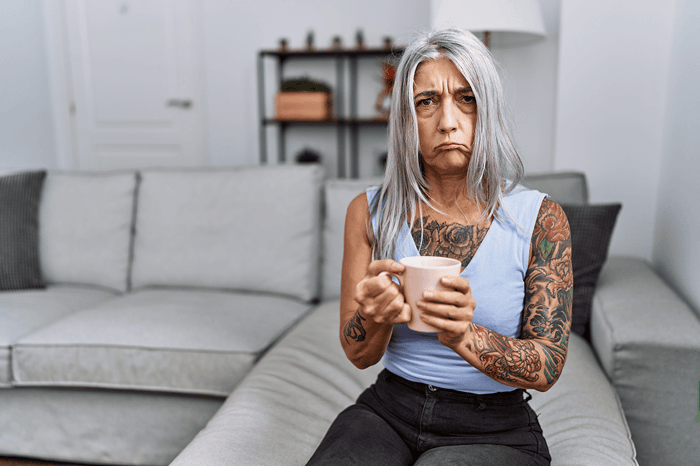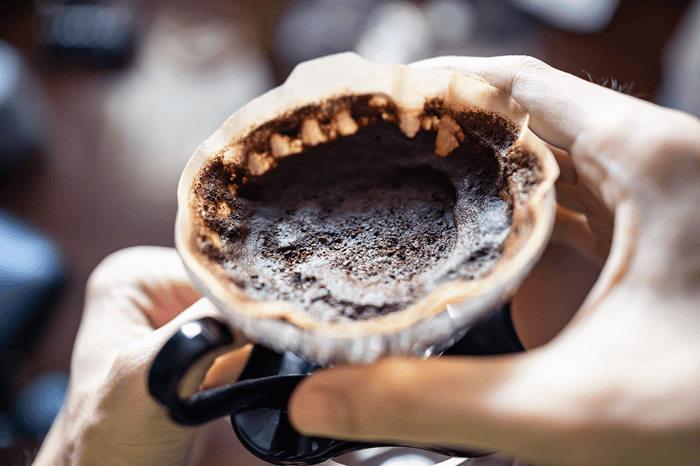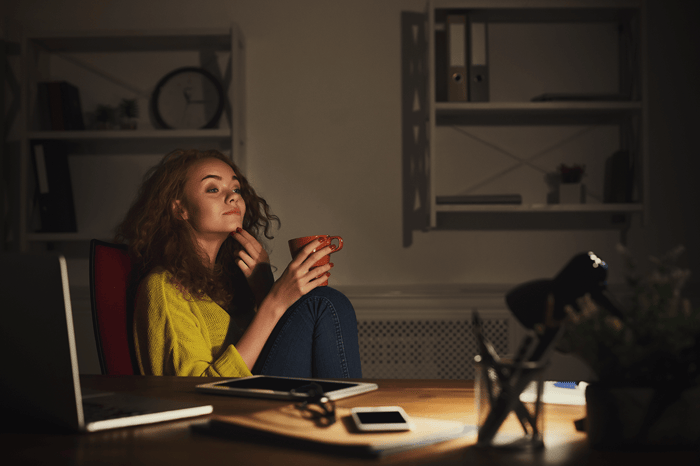
We’ve all faced this dilemma at one point or another—what to do with that old bag of coffee? Maybe it got lost in the back of the pantry, maybe you had to go out of town suddenly (under mysterious circumstances).
Does coffee even go bad?
Luckily, coffee doesn’t *really* go bad. At least, not in the way you’re probably worried about.
You know all those times you bought coffee at the grocery store? All those bags were quite possibly sitting on shelves for months before they ever went home to sit in your cupboard.
As long as dry coffee beans or dry ground coffee are properly stored in either their original sealed, unopened bag or using an air tight container, they can actually stay safe to brew and drink for years. Go ahead, keep some extra in your bomb shelter.

The 16oz original Airscape® stainless steel coffee and food storage canister with patented lid actively removes and locks out air to preserve and protect freshness and flavor. Get One Here.
When Things Get Stale
After just a couple weeks of cracking that bag open, however, the fresh aroma and taste you love starts to fade... and the dreaded “stale coffee” aura begins to take over.
Stale coffee isn’t any more dangerous to consume than a stale donut, but it’s definitely a let-down in the flavor department. Still, in a pinch, most coffee lovers out there would rather get their caffeine fix from a somewhat-stale cup of coffee rather than drinking none at all.
So if you one day find yourself in a dilemma like this—and your coffee has been correctly stored—it’s probably going to be safe to go ahead and brew a cup.
Keep it Dry
Of course, just like any other food or drink in your cupboard, even the strongest coffee packaging can be accidentally torn or develop small punctures from handling that allow moisture to get in. Therefore it’s very—very—important to inspect any “old” coffee you’re thinking about brewing before you take a sip.
If you’re lucky, rancid coffee that has been exposed to moisture will “just” taste absolutely terrible. But exposure to wetness can allow mildew and mold to grow, which can make you sick.
Fortunately, it’s usually really easy to spot mildew or mold problems by just picking up the coffee and giving it a thorough smell test. But you should also visually inspect “old” coffee thoroughly just to make sure it looks normal before you even think about putting it in your coffee maker.
There are plenty of videos on YouTube of brave souls drinking the coffee that came with army rations from the first and second world wars. They generally only have minor complaints about the (lack of) taste.
I really don’t recommend you get your next cup of coffee out of a rusty tin in a $1200 preserved ration box at an Army surplus store, but this might give you some perspective if you’re panicking about whether that unopened bag you bought last August is still “safe.”

When in Doubt, Throw it Out
Now, if after reading all this you’re still questioning whether your coffee is OK to drink, it’s probably best to just play it safe and buy a new bag. But if for some reason you really, really, really want to try to salvage that existing bag:
- Check that the coffee has been fully sealed without any openings in the bag
- Visually inspect the coffee for mold
- Smell the coffee to check for signs of mildew or mold






